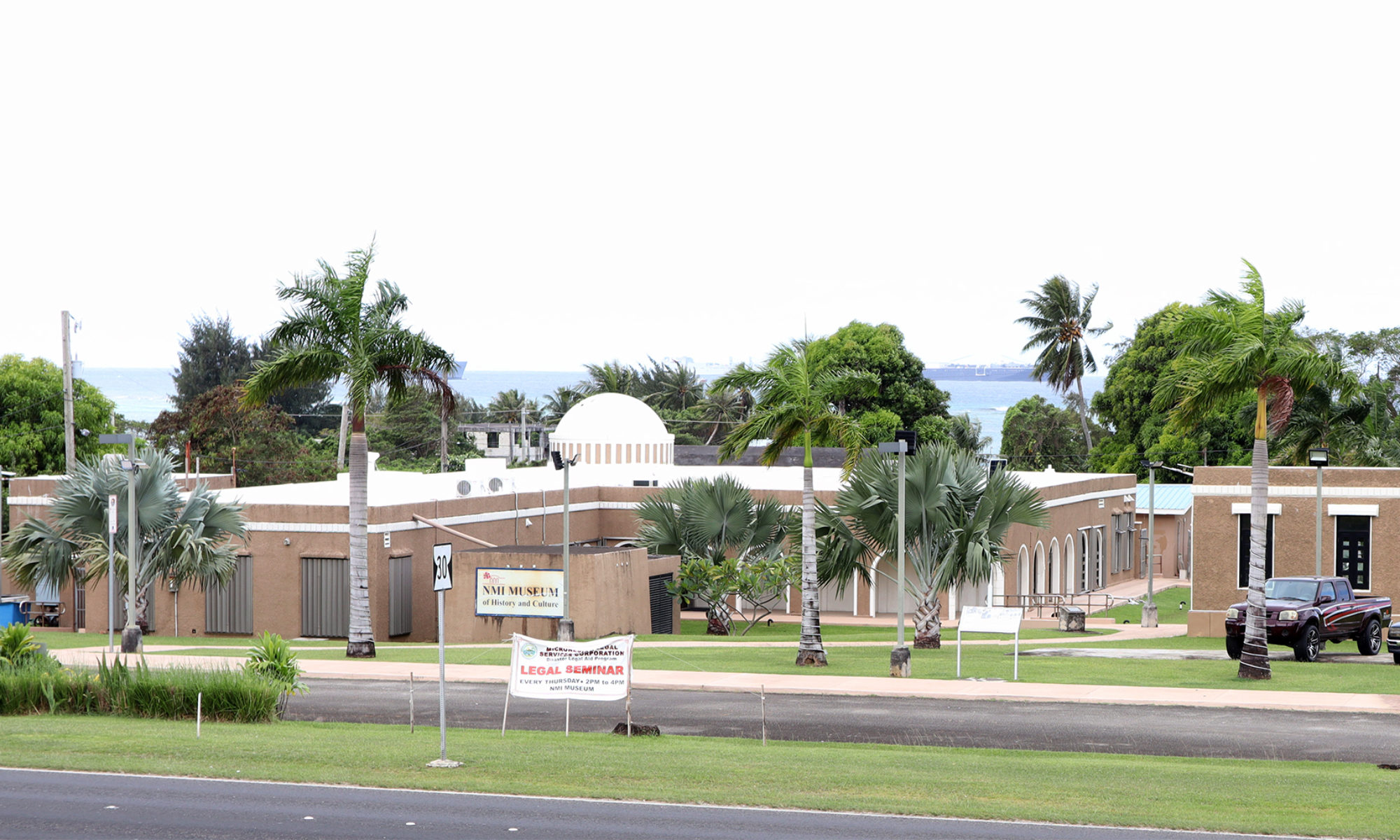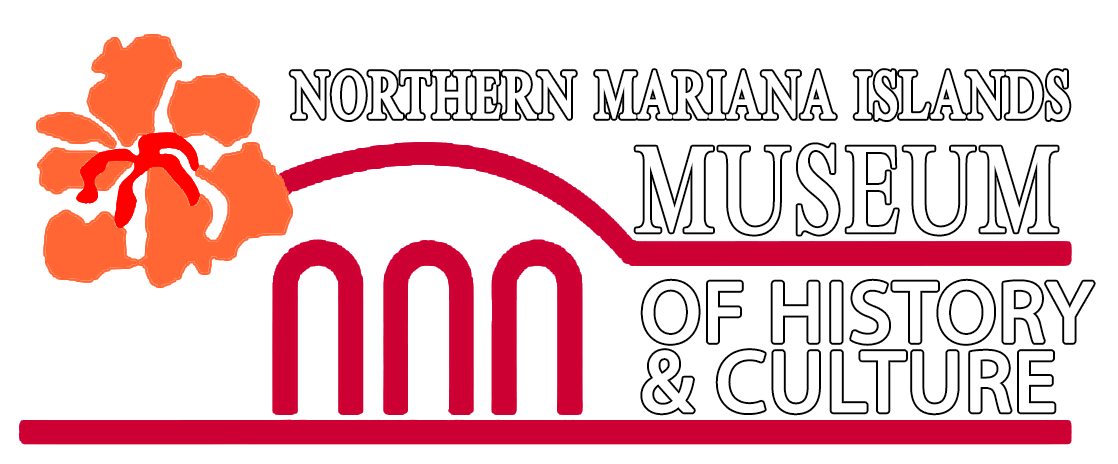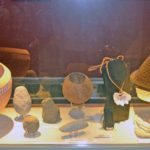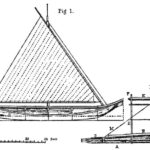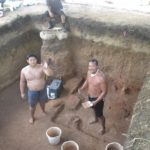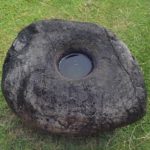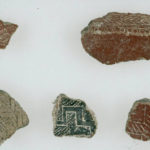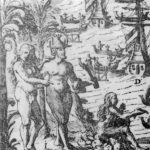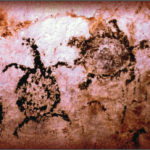Ancient Chamorro Period
The Ancient Chamorro Period 1500 BC – 1521 AD. Saipan, Tinian, Rota, and Guam were first settled roughly 3,500 years ago by the seafaring ancestors of the modern Chamorro people who departed from points in Island Southeast Asia, making the Marianas the first island group in the Remote Pacific to be inhabited. Chamorro society was made up of matrilineal clans in which women played an important leadership role in daily life. The ancient people were skillful fishers and horticulturalists who lived in villages in both coastal and inland locations. Chamorros cultivated yam, taro, breadfruit, banana, coconut, and rice and caught a wide variety of reef and pelagic fish, including the large and powerful marlin. They made ceramic pots from local clay, fashioned tools, ornaments, and weapons from shell, bone, and stone, and venerated the spirits of their ancestors. Histories, legends, and genealogies were passed down from generation to generation in songs, stories, and chants often recounted during festive competitions. Around 1,000 years ago, Chamorros began constructing their houses atop two parallel rows of stone columns and caps, known locally as latte. The largest examples of these stone monoliths are the famous House of Taga on Tinian and the latte quarry at As Nieves on Rota. Chamorros also built and sailed graceful outrigger canoes that European explorers would later call “Flying Proas” due to their speed and maneuverability. These were used for fishing and for inter-island transportation.
